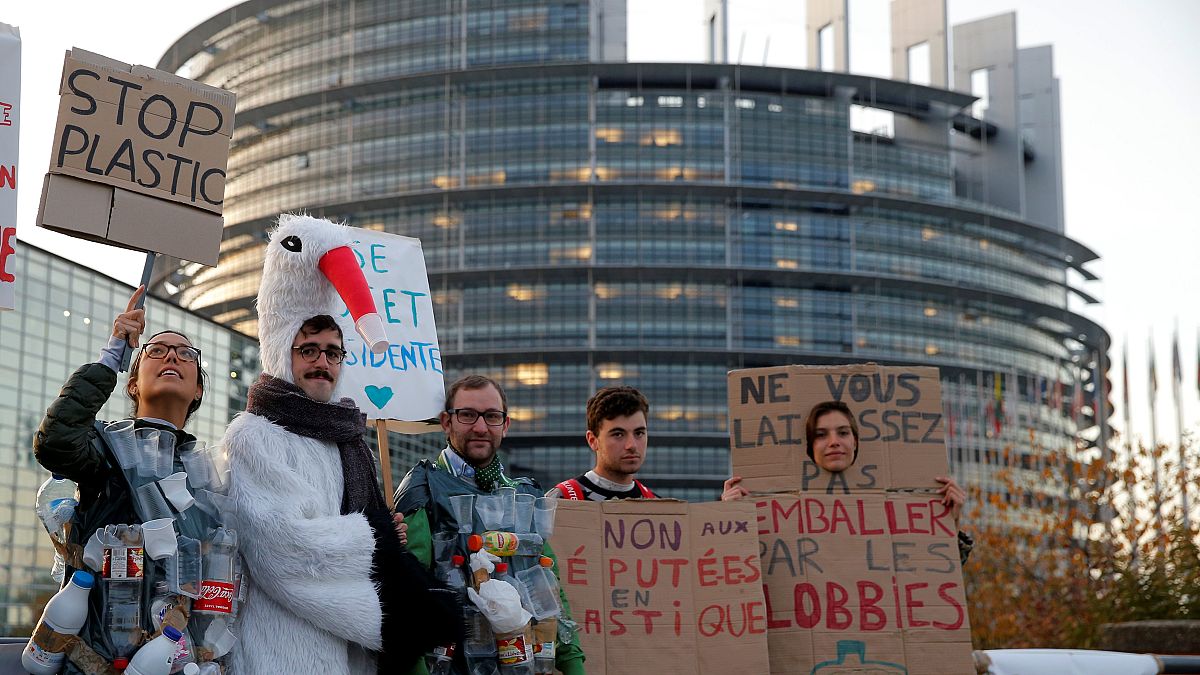A study has found microplastic particles in 100% of the stool samples from its participants.
Do you remember what you ate last week? Did you drink from plastic bottles, eat fish or seafood, or any food that was packaged in plastic? If you did - and you almost certainly did - there is a high chance that plastic is present in your body in microscopic quantity.
Researchers at the Environment Agency Austria were surprised to discover microplastics - tiny particles from disintegrated plastic objects - in the stool samples of all the participants in their pilot study.
Eight people from Italy, Japan, the Netherlands, Russia, Poland, Finland, Austria and the United Kingdom were asked to keep a food diary for a week, then provided a stool sampling: each one tested positive for the presence of a variety of microplastics. On average, the scientists found 20 particles of microplastic per 10g of stool, of nine different types of plastic. Polypropylene (PP) and polyethylene terephthalate (PET), used in product packaging such as lids and plastic bottles, were the most common, found in all samples.
“This is the first study of its kind and confirms what we have long suspected, that plastics ultimately reach the human gut,” Dr Philipp Schwabl, who led the research, said. In animal studies, the highest plastic concentrations have been found in the gut, but the smallest microplastic particles can enter the bloodstream, lymphatic system and may even reach the liver, Schwabl added. Microplastics can cause damage to the intestinal villi as well as cause hepatic stress and distortion of iron absorption.
Microplastic may impact human health via the GI tract where it could affect the tolerance and immune response of the gut by bioaccumulation or aiding transmission of toxic chemicals and pathogens.
“Most participants drank liquids from plastic bottles,” Schwabl said. “Fish and seafood ingestion was also common.” (There were no vegetarians). Because of these multiple plastic, the researchers cannot identify the source of the ingested plastic for sure, Schwabl says: “Through pollution, 2 to 5 % of all plastics produced end up in the seas. Once in the ocean, plastics are consumed by sea animals and enter the food chain where ultimately, they are likely to be consumed by humans. It is highly likely that during various steps of food processing or as a result of packaging food is being contaminated with plastics.”
Schwabl, a gastroenterologist at the Medical University of Vienna, partnered with Dr. Liebmann, a microplastic expert from the Austrian Environment Agency. They sampled stool because it was easy to obtain and had “a high likelihood to be contaminated with ingested microplastics”. “Personally, I did not expect that each sample would be tested positive,” Schwabl said. The research was presented today at the 26th UEG Week in Vienna.
Drs. Schwabl and Liebmann now hope to seek funding for a larger trial, to see if they can reproduce their findings on a bigger sample.
